 BEYOND THE BRAIN
BEYOND THE BRAIN
 BEYOND THE BRAIN
BEYOND THE BRAIN
How Body and Environment
Shape Animal and Human Minds Louise Barrett PRINCETON UNIVERSITY PRESS
PRINCETON AND OXFORD
Copyright 2011 by Princeton University Press
Published by Princeton University Press, 41 William Street,
Princeton, New Jersey 08540
In the United Kingdom: Princeton University Press, 6 Oxford Street, Woodstock,
Oxfordshire OX20 1TW
press.princeton.edu
All Rights Reserved
Library of Congress Cataloging-in-Publication Data
Barrett, Louise.
Beyond the brain: how body and environment shape animal and human minds / Louise Barrett.
p. cm. Includes bibliographical references and index. ISBN 978-0-691-12644-9 (hardback) 1. BrainEvolution. 2. Evolution (Biology) 3. Ecology. I. Title.
QL933.B27 2011
591.5dc22
2010048477
British Library Cataloging-in-Publication Data is available
This book has been composed in Perpetua
Printed on acid-free paper.
Printed in the United States of America
10 9 8 7 6 5 4 3 2 1
 For Gary
For Gary
 CONTENTS
CONTENTS
 ACKNOWLEDGMENTS
ACKNOWLEDGMENTS
The nice thing about writing a book, if youre a fan of distributed cognition, is that it lets you practice what you preach. This book could never have been written if I hadnt borrowed all the brains that I could, to echo Woodrow Wilson. Some of the brains I borrowed were distributed in other books and articles, but there is also a more embodied means of exploiting other peoples brains as a resource, and I have been very lucky to find myself in an environment full of smart, enthusiastic people who were more than happy to share their expertise and knowledge with me face-to-face.
First, thanks to my editors at Princeton, Alison Kalett, who saw the project through to completion, and also Robert Kirk and Sam Elworthy, who got it all going in the first place. The book took much longer to write than it should havewhich is why I managed to get through three editorsand their patience, good advice, and immense tolerance is very much appreciated.
Thanks must also go to all the students who have taken my class on embodied cognition at the University of Lethbridge; their thoughts, ideas, comments, and suggestions have, I hope, helped make this a more accessible and interesting read than if Id been left to my own devices. In particular, thanks to Kerri Norman, Michael Amirault, Stacey Vine, Stefanie Duguay, Clarissa Foss, Eric Stock, Kevin Mikulak, Beverley Johnson, Andy Billey, Danielle Marsh, Alena Greene, Nicole Whale-Kienzle, Joseph Vanderfluit, Amanda Smith, Brad Duce, Brett Case, Joseph Mac-Donald, Kevin Schenk, Mecole Maddeaux-Young, Jordon Giroux, Shand Watson, Joel Woodruff, and Ben Lowry.
Im also very grateful to the following friends, students, and colleagues for reading and commenting on various chapters and drafts: April Takahashi, Tom Rutherford, Carling Nugent, Natalie Freeman, Graham Pasternak, Doug Vanderlaan, Shannon Digweed, Craig Roberts, and John Lycett. I am grateful as well to the two anonymous readers who read the draft for Princeton. And Id like to thank John Vokey and Drew Rendall for many and varied conversations on these and other topics.
Robert Barton, John Granzow, and Sergio Pellis deserve very special thanks for reading the final draft in its entirety (in Johns case, more than once) and providing extensive comments. Rob and Serge played devils advocate in the most generous way possible and helped curb my excesses, while Johns enthusiasm for all things embodied and distributed ensured I didnt concede too much to the other side. All three passed on some excellent ideas, and their thoughtful, constructive criticism helped increase the clarity and precision of the arguments presented here, for which I am immensely grateful. Of course, as they say, any remaining errors are my own.
Shellie Kienzle did a superb job of proofreading the final draft for me, including pointing out those places where English idiom might raise a few North American eyebrows. At Princeton, Lauren Lepows brilliant copyediting helped improve the text considerably, Stefani Wexler kept me on track during the final stages of manuscript preparation, and Dimitri Karetnikov drew the illustrations, based on some very poor examples and some highly convoluted explanations of what I was after. Last but certainly not least, Deanna Forrester proved herself a true friend and very generously gave up part of her Christmas holiday to construct the index. It was a genuine pleasure to work with them all.
Peter Henzi did not read a single word, but, then again, he didnt need to, as he was forced to endure an unrelenting verbal onslaught, and did so with immense good humor and grace. He also kept me in hot dinners and stiff drinks, and insisted that, sometimes, it was not only pleasant but necessary to sit on the porch in the sunshine, and Im very pleased and grateful that he did.
 BEYOND THE BRAIN
BEYOND THE BRAIN
 C HAPTER
C HAPTER
Removing Ourselves from the Picture Im personally convinced that at least chimps do plan for future needs, that they do have this autonoetic consciousness.
Mathias Osvath, BBC News, March 9th 2009 I saw only Bush and it was like something black in my eyes.
Muntazer al-Zaidi, Guardian , March 13, 2009
In March 2009, a short research report in the journal Current Biology caught the attention of news outlets around the globe. In the report, Mathias Osvath described how, over a period of ten years, Santino, a thirty-one-year-old chimpanzee living in Furuvik Zoo, Northern Sweden, would collect rocks from the bottom of the moat around his island enclosure in the morning before the zoo opened, pile them up on the side of the island visible to the public, and then spend the morning hurling his rock collection at visitors, in a highly agitated and aggressive fashion. Santino was also observed making his own missiles by dislodging pieces of concrete from the floor of his enclosure once the supply of naturally occurring rocks began to dwindle. Santinos calm, deliberate, and methodical stockpiling of the rocks ahead of the time they were needed was interpreted by Osvath as unequivocal evidence of planning for the future.
Future planning has long been seen as a unique human trait because it is thought to require autonoetic consciousness. Autonoetic means self-knowing, which Osvath defines as a consciousness that is very special, that you can close your eyes [and] you can see this inner world.
Of course, having a large rock flung at your paying customers by a hefty male ape is not particularly good for business, and the zoo staff were a little less impressed by Santinos antics than the scientists were. Given the suggestion that Santino possessed a highly developed form of consciousness, and an inner world much like our own, one might suppose that the solution to a problem like Santino would capitalize on his advanced cognitive capacities: given the ability to plan ahead and understand the consequences of his own actionsgiven, in other words, Santinos rationalityit would seem possible to reason with him by some means, so that he would understand why his behavior was problematic. But no. The zookeepers decided that the best way to reduce Santinos aggressive tendencies, and so his rock-flinging antics, was to castrate him.
Coincidentally, the consequences of some other unwanted missile throwing were reported in the press that same week. Muntazer al-Zaidi, an Iraqi journalist, was sentenced, by a court in Baghdad, to three years in prison for throwing his shoes at President George W. Bush during a press conference held three months previously. Despite the fact that al-Zaidis actionsunlike those of Santinowere apparently not premeditated but, by his own admission, reflected his inability to control his emotions, no one (thankfully) concluded that castration would be an appropriate way to curb al-Zaidis missile throwing. So why the difference in the chimpanzees case?
Next page
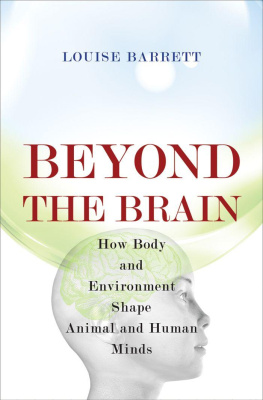

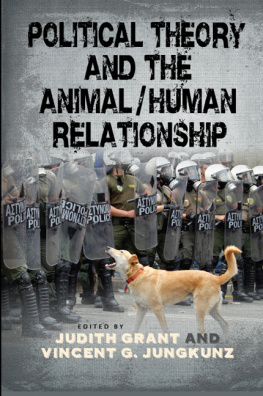

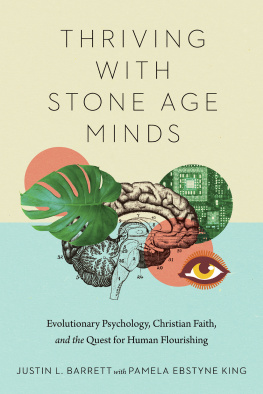
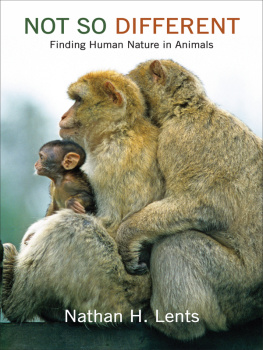

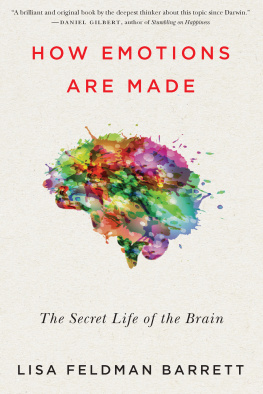
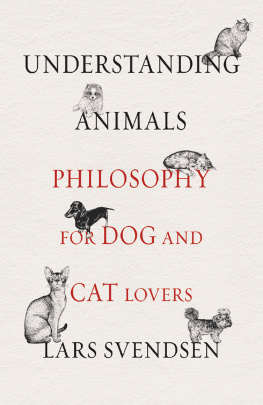
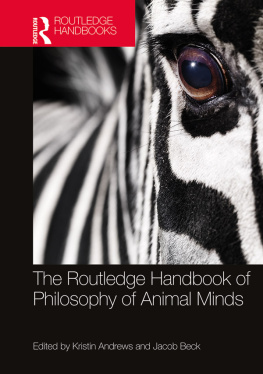

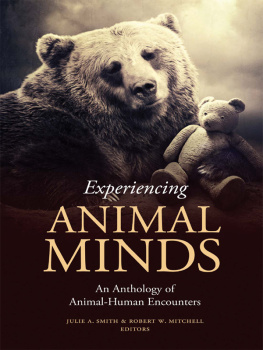
 BEYOND THE BRAIN
BEYOND THE BRAIN